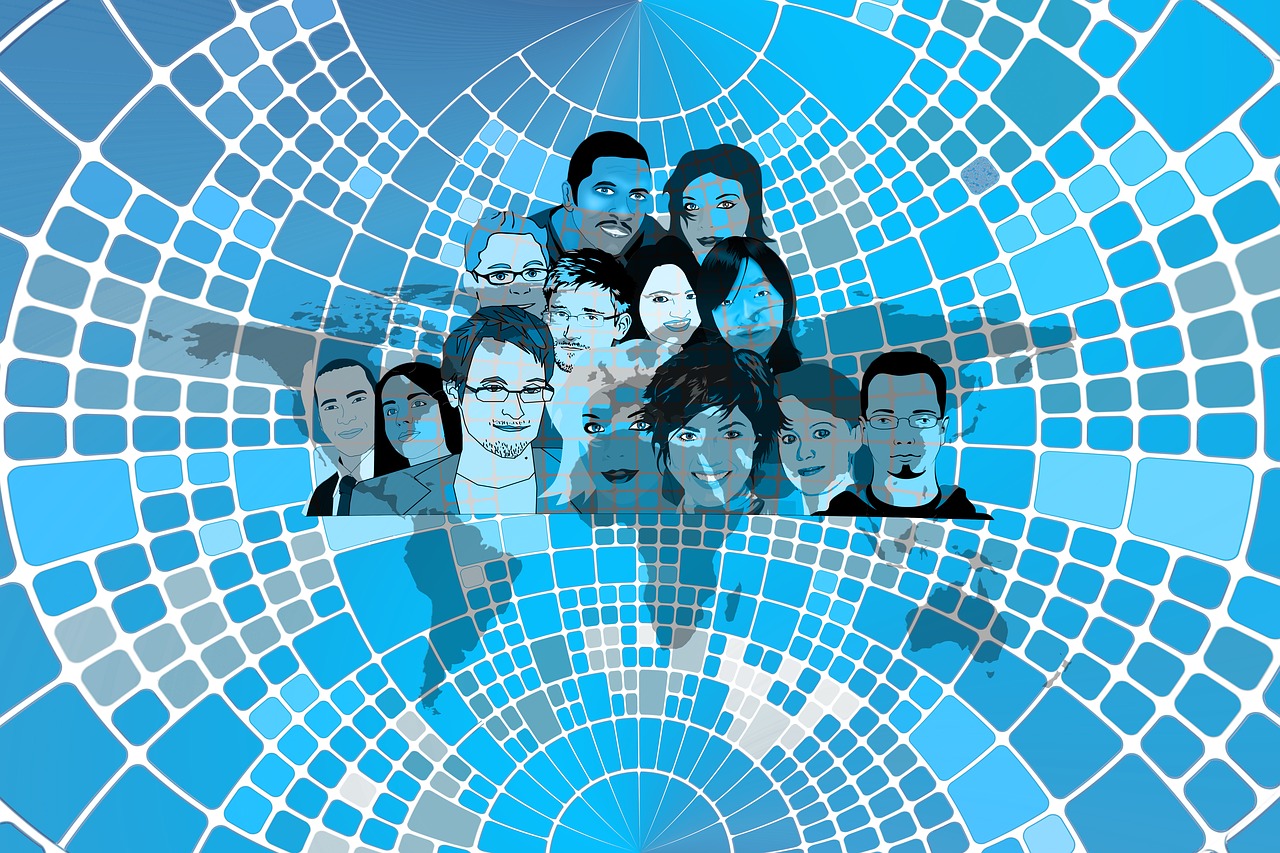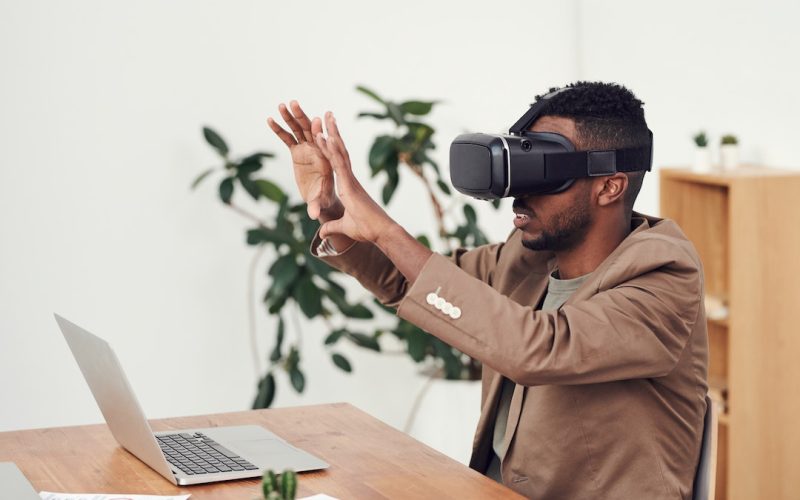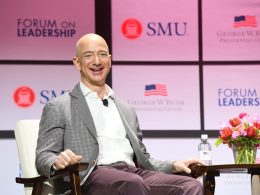In recent years, the term “crowdsourcing” has become increasingly popular. But what is crowdsourcing, and how does it function? In short, crowdsourcing is the act of outsourcing tasks to a large group of people or a community. This can be done for a variety of purposes, such as raising funds, gathering data, or completing a task. Crowdsourcing usually takes place online and can be done through platforms such as crowdfunding websites or social media. Now that we’ve answered the question, “What is crowdsourcing?” let’s take a look at how it actually works. (Also Read: How do you make money on TikTok?)
When did crowdsourcing begin?
One of the earliest examples of crowdsourcing comes from ancient Greece, where citizens would vote on important issues affecting the city-state. This democratic process allowed for collective decision-making and helped to ensure that the best interests of the community were represented.
In more recent years, businesses have increasingly turned to crowdsource as a way to generate new ideas and solve complex problems. For example, companies like Coca-Cola and Procter & Gamble have used crowdsourcing platforms like InnoCentive to source innovative new product concepts from a global pool of talented individuals.
Crowdsourcing has also been used in a variety of other contexts, ranging from scientific research to disaster relief. In the wake of Hurricane Katrina, for instance, volunteer mapmakers used Google Maps to create an accurate and up-to-date map of flooded areas in New Orleans, which proved invaluable to rescue workers in their efforts to reach stranded survivors.
Looking to the future, it’s likely that we will see even more widespread use of crowdsourcing as businesses and organizations alike continue to realize its potential as a powerful tool for driving innovation and achieving success.
How does crowdsourcing work?
The key to successful crowdsourcing is to clearly define the task or problem you need help with and then create an incentive for people to want to contribute. With the right motivation, you can tap into the power of the crowd to get high-quality results quickly and affordably.
What are the benefits of crowdsourcing?
1. It allows businesses to tap into a larger pool of workers, which can be useful when trying to complete a large project.
2. Crowdsourcing can help businesses save money on labor costs, as they only need to pay workers for the task at hand rather than hiring full-time employees.
3. Crowdsourcing can be a great way to get feedback and ideas from a large group of people, which can be helpful in improving products or services.
4. Crowdsourcing can simply be a fun and interesting way to engage with customers or fans.
What are the challenges of crowdsourcing?
Another potential problem with crowdsourcing is that it can lead to a lack of ownership or buy-in from those who participate. When people feel like their ideas are being taken and used without any recognition, they may be less likely to put forth their best effort. This can be a particular issue if you’re crowdsourcing something that will be publicly shared, such as a company logo or tagline.
Finally, crowdsourcing can sometimes create more work for those who are already busy. If you’re not careful about how you manage the process, it can quickly become overwhelming and turn into a time sink.
When is crowdsourcing the best option?
Conclusion
Crowdsourcing is a great way to get work done quickly and efficiently without having to hire extra staff or pay for outside services. By harnessing the power of the crowd, you can get things done faster and more cheaply than you ever thought possible. So why not give it a try? You might be surprised at just how much you can accomplish. (Also Read: 10 Personality Traits of a Successful Entrepreneur)












